1. Frog Venom-Inspired Heart Medications
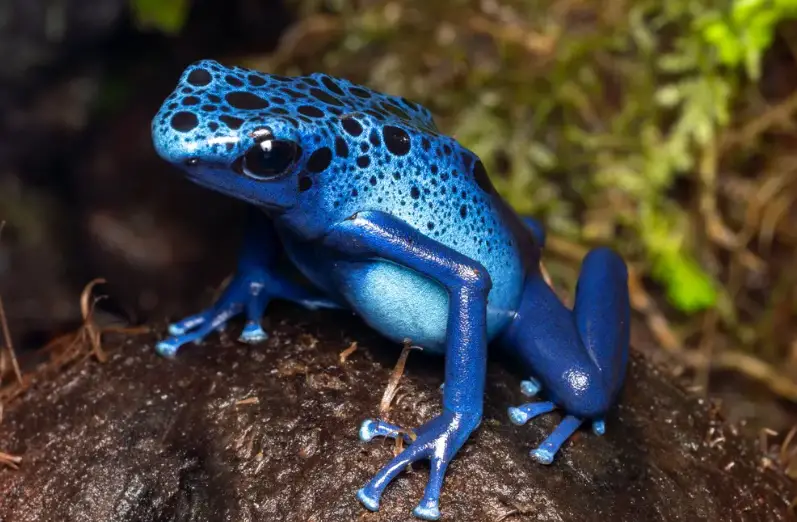
For decades, scientists have studied the effects of animal venoms on the human body, and poison frogs are no exception. Their toxins interact with the nervous system in ways that could be life-saving for heart patients. Some frog-derived compounds have shown promise in lowering blood pressure and regulating heart rhythms without the side effects of traditional medications.
Researchers believe that frog venom could be the foundation for safer heart drugs that work faster and more effectively than what’s currently available. Considering heart disease is the leading cause of death worldwide, this discovery could be monumental. So the next time someone says frogs are just slimy little creatures, remind them that these tiny amphibians might one day help save millions of lives.
2. The Secret to Ultra-Sticky, Super-Strong Adhesives
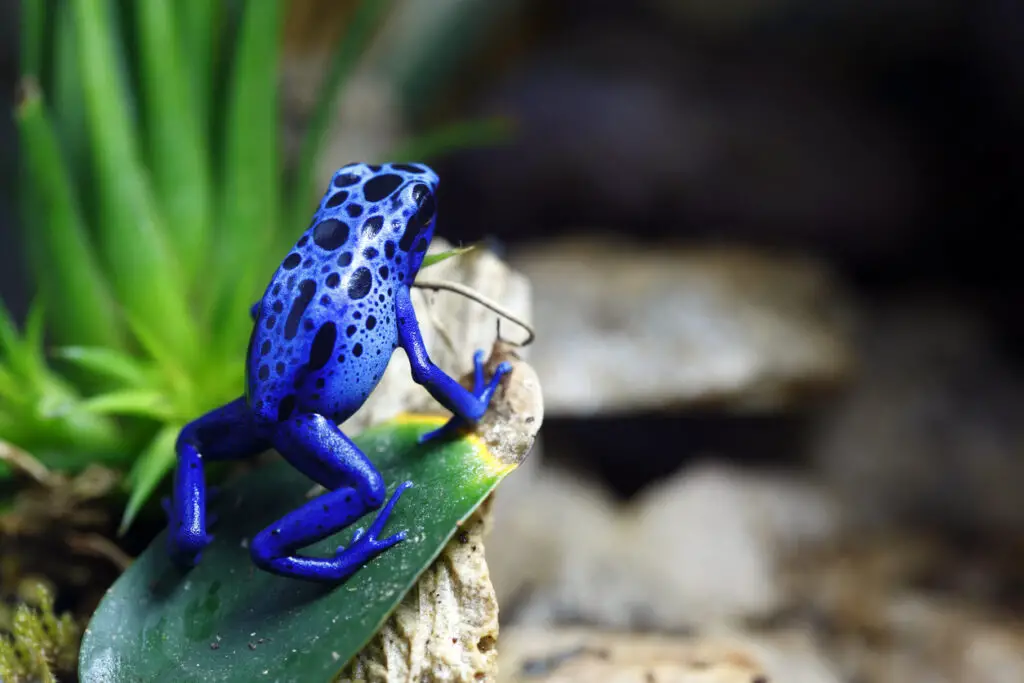
If you’ve ever marveled at how tree frogs can stick to almost any surface without slipping, you’re not alone—scientists have been obsessed with it too. Poisonous frogs, in particular, have a special kind of mucus on their feet that lets them grip onto wet, slimy, and even vertical surfaces effortlessly. Their secret? A perfect balance between stickiness and slipperiness, allowing them to cling when needed and release when it’s time to jump.
Researchers are using this concept to develop next-level adhesives that could revolutionize everything from medical bandages (that stay put without ripping skin) to stronger industrial glues for extreme environments. Imagine a bandage that sticks like a second skin but peels off painlessly—all thanks to the inspiration of a tiny, toxic frog. Who knew amphibians could help make our lives less… sticky?
3. Frog Skin: The Future of Infection-Fighting Super Coatings
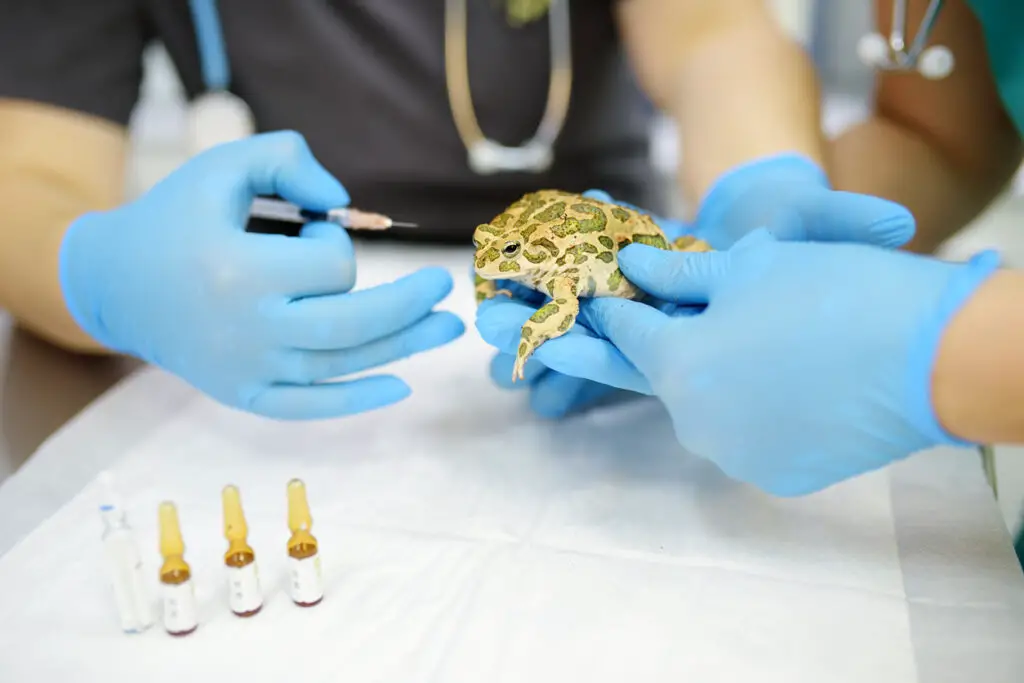
Poisonous frogs don’t just use their toxins to defend themselves; their skin also has powerful antimicrobial peptides that fight off bacteria and fungi. Unlike humans, who rely on immune cells to battle infections, these frogs have built-in germ killers right on their skin. Scientists are now trying to mimic this natural defense to create antibiotic-free ways to fight infections.
The goal? To use frog-inspired compounds to coat medical implants, surgical tools, and even hospital walls to prevent deadly infections. In a world where antibiotic resistance is a growing crisis, these frogs might just be holding the key to a new, natural way to fight bacteria—without the risk of superbugs developing. It’s crazy to think that something as small as a poison frog could lead to a revolution in modern medicine.
4. The Inspiration Behind Next-Gen Sunscreens
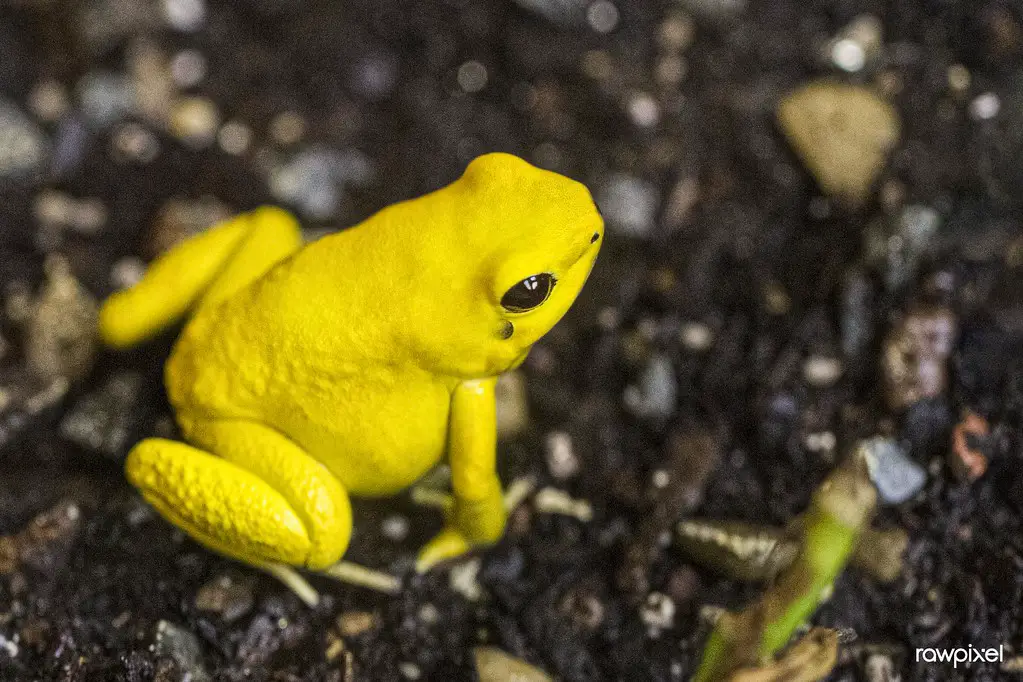
Poisonous frogs come in insanely bright colors—electric blues, fiery oranges, neon yellows. While these dazzling hues serve as a warning to predators, they also help protect the frogs from something else: the sun. Their skin contains natural compounds that act like biological sunscreen, shielding them from harmful UV rays.
Scientists are studying these compounds to develop a new generation of sunscreens that offer better protection without the greasy feel of traditional products. Imagine a sunscreen that’s ultra-light, lasts all day, and works with your skin’s natural chemistry—all thanks to poison frogs. Who knew these tiny creatures were living the SPF dream before we even thought about sunburns?
5. Jet Fuel Inspired by Frog Toxins? It’s Closer Than You Think

Aviation engineers are always searching for stronger, more efficient fuels, and believe it or not, poison frogs might hold a surprising clue. Some of these frogs produce toxins that have a unique chemical structure, making them incredibly stable under extreme conditions. That stability has caught the attention of fuel researchers looking to improve jet fuel efficiency.
By studying how these toxins resist breakdown and maintain potency, scientists hope to create fuels that burn cleaner and last longer. If successful, this could lead to more environmentally friendly airplanes with better fuel efficiency. Who would’ve thought that a creature barely the size of a coin could influence the future of flight?
6. Supercharged Painkillers Without the Addiction Risk
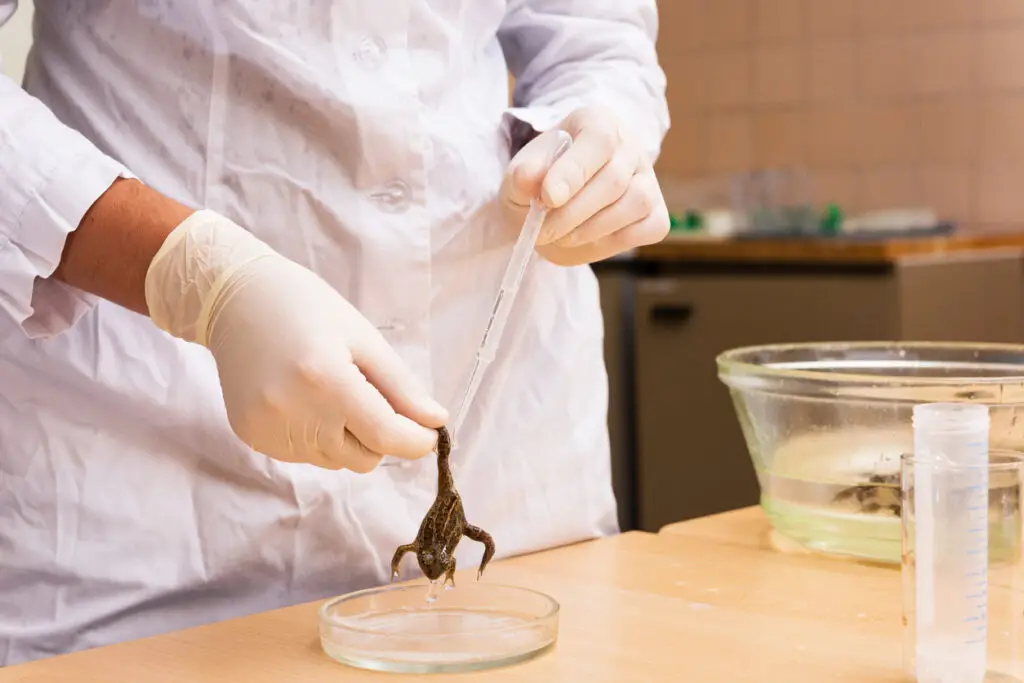
Imagine a painkiller as strong as morphine but without the terrifying risk of addiction. That’s exactly what scientists are working on, inspired by the skin secretions of poison dart frogs. These tiny amphibians produce a powerful chemical called epibatidine, which blocks pain signals without affecting the brain’s opioid receptors. That means no addictive side effects, no withdrawals, just pure pain relief.
The problem? Epibatidine is so powerful that it can be toxic to humans. But researchers are tweaking its structure, hoping to create a breakthrough pain medication that could change millions of lives—especially for chronic pain sufferers. If successful, this could be one of the biggest advancements in pain management ever. So next time you see a brightly colored frog, remember—it might hold the key to a safer alternative to opioids.
Click here for more stories like this
7. Bio-Inspired Camouflage That Could Change Military and Fashion Tech
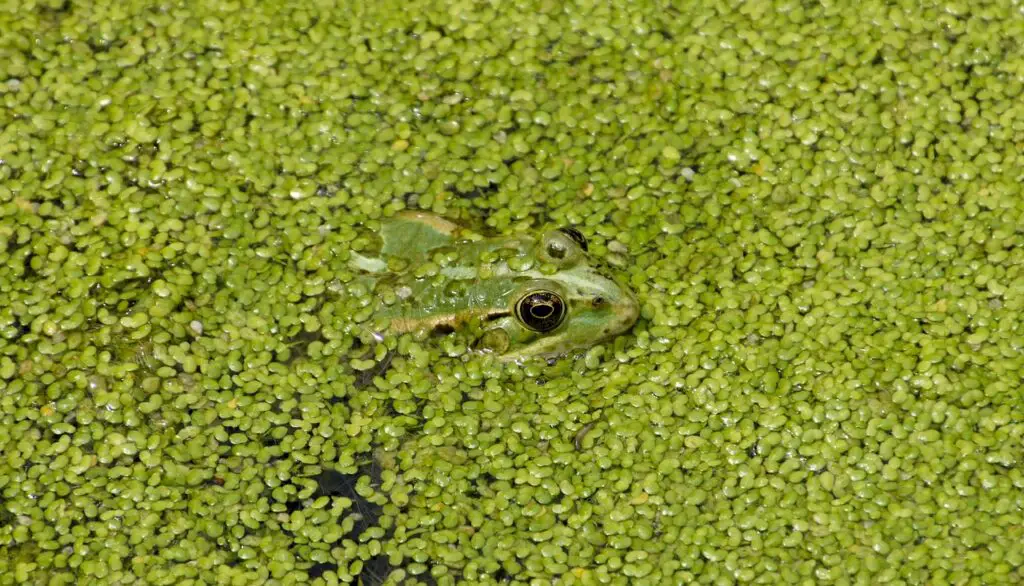
Nature is the ultimate innovator, and poisonous frogs have mastered the art of disguise. Some species can change the intensity of their colors based on their environment, helping them blend in or stand out as needed. Scientists studying this ability are working on next-generation camouflage materials that could change the way soldiers, hunters, and even fashion designers think about clothing.
Imagine a jacket that adapts to different lighting conditions, allowing you to seamlessly blend into your surroundings. Or military uniforms that shift color based on terrain, making soldiers harder to spot. These ideas aren’t science fiction—they’re actively being tested, all thanks to inspiration from the incredible skin chemistry of poison frogs. Who knew fashion and defense technology could be linked to a tiny amphibian?
8. Frog Toxins Could Lead to the Next Generation of Muscle Relaxants
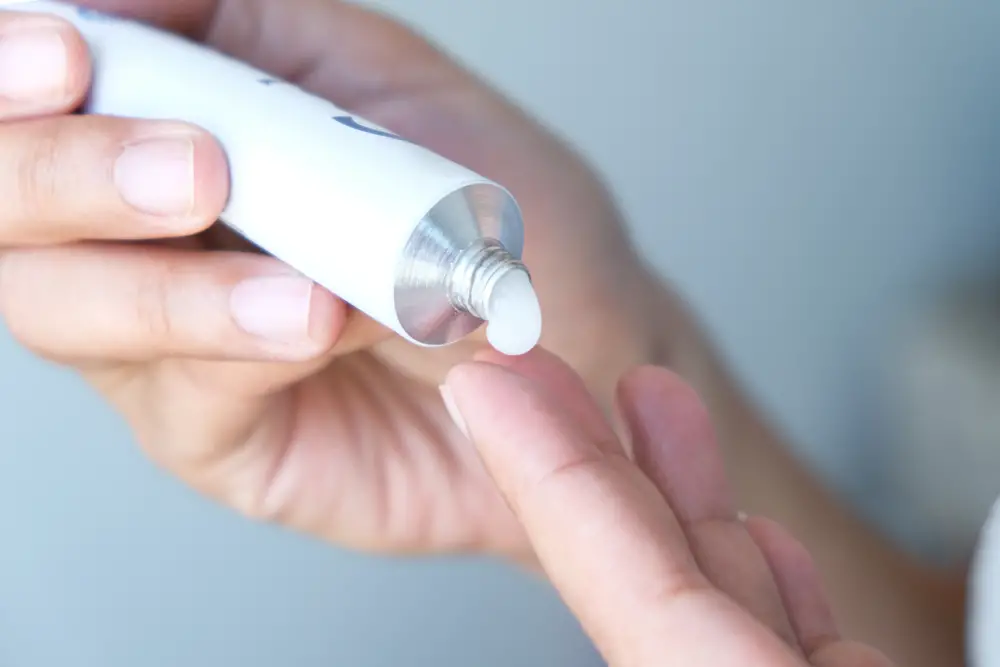
Muscle spasms, chronic pain, and nerve disorders can be debilitating, but poisonous frogs might just hold the answer to better treatments. Some species produce venom that temporarily paralyzes predators by interfering with nerve signals, a mechanism that has caught the attention of scientists studying muscle control. By isolating and modifying these compounds, researchers are exploring how they can create more effective muscle relaxants for conditions like multiple sclerosis, epilepsy, and even severe migraines.
Unlike current treatments that often cause drowsiness, dependency, or unwanted side effects, frog-inspired drugs could offer a more targeted, natural approach to calming overactive muscles and nerves. This could be a game-changer for patients dealing with chronic pain, neurological disorders, or even post-surgery recovery. If successful, the very toxins that once helped frogs defend themselves in the wild could become lifesaving medicines in hospitals around the world. Who knew that a little amphibian hopping around the rainforest might be holding the key to pain relief and better mobility for millions?
9. Poison Frog Chemistry Could Help Design Non-Toxic Pest Repellents

We’ve all dealt with mosquitoes, ants, or other annoying pests, but traditional repellents often contain harsh chemicals that can be toxic to humans and pets. Poison dart frogs, however, have developed a natural way to keep predators—and parasites—away. Their skin secretes compounds that disrupt insect nervous systems, making them a walking, hopping bug repellent. Scientists are now working to mimic these natural defenses to create non-toxic, long-lasting insect repellents that are safe for humans but deadly for pests.
Imagine a mosquito repellent that actually works for hours without needing to be reapplied or an agricultural pesticide that keeps crops safe without poisoning the soil. These frog-inspired solutions could help reduce our dependence on harmful synthetic chemicals while still keeping insects at bay. It’s crazy to think that the same natural weapon that helps frogs survive in the wild could one day make our homes, farms, and even outdoor adventures bug-free—without the health risks of traditional pesticides.
10. Self-Healing Materials Inspired by Frog Skin
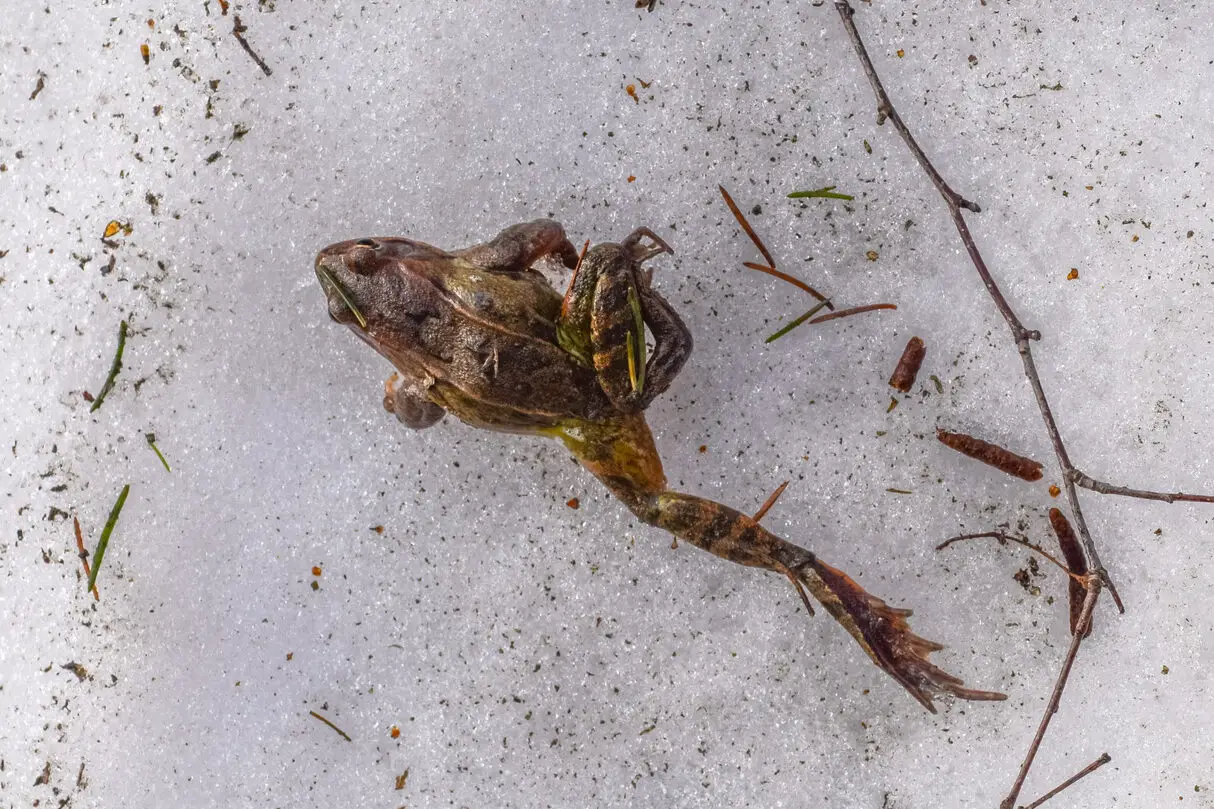
Imagine a phone screen that repairs itself after a crack or a car that heals dents overnight. It sounds like science fiction, but poisonous frogs are inspiring this very kind of technology. Their skin has a unique ability to regenerate and repair damage quickly, thanks to specialized proteins that trigger cell growth and healing. Scientists are studying these compounds to develop self-healing materials that could revolutionize everything from electronics to construction.
One of the most exciting possibilities is clothing that repairs rips on its own—think about a rain jacket that seals back together after tearing. The same concept could also apply to medical supplies, like bandages that promote faster healing or prosthetics that can adapt to the wearer’s body over time. Poison frogs are proving that nature already has brilliant solutions to problems we didn’t even know we had, and humans are just starting to catch up.
11. Frog Secretions Could Revolutionize Anesthesia
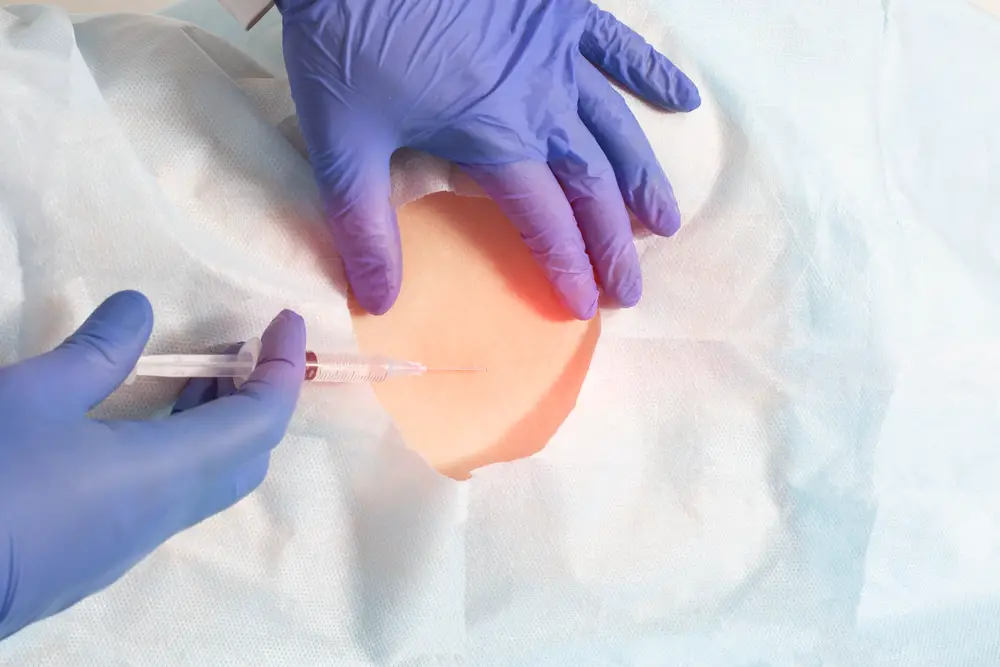
Going under anesthesia for surgery is a medical miracle, but it’s not without risks. Some people react poorly, while others wake up feeling groggy and disoriented. Researchers have discovered that some poison dart frog toxins can cause temporary numbness or paralysis without affecting consciousness. That means they block pain signals without completely shutting down the nervous system, which is exactly what doctors aim to do with anesthesia.
If scientists can refine and modify these compounds, they could develop a safer, more controlled form of anesthesia that reduces side effects, lowers recovery time, and makes surgeries even more precise. Imagine a world where patients wake up clear-headed and alert after surgery instead of feeling nauseous or weak. The idea that a tiny frog from the Amazon rainforest could lead to the future of painless, safer surgeries is nothing short of amazing.
12. Poison Frogs Might Help Solve the Mystery of Nerve Regeneration
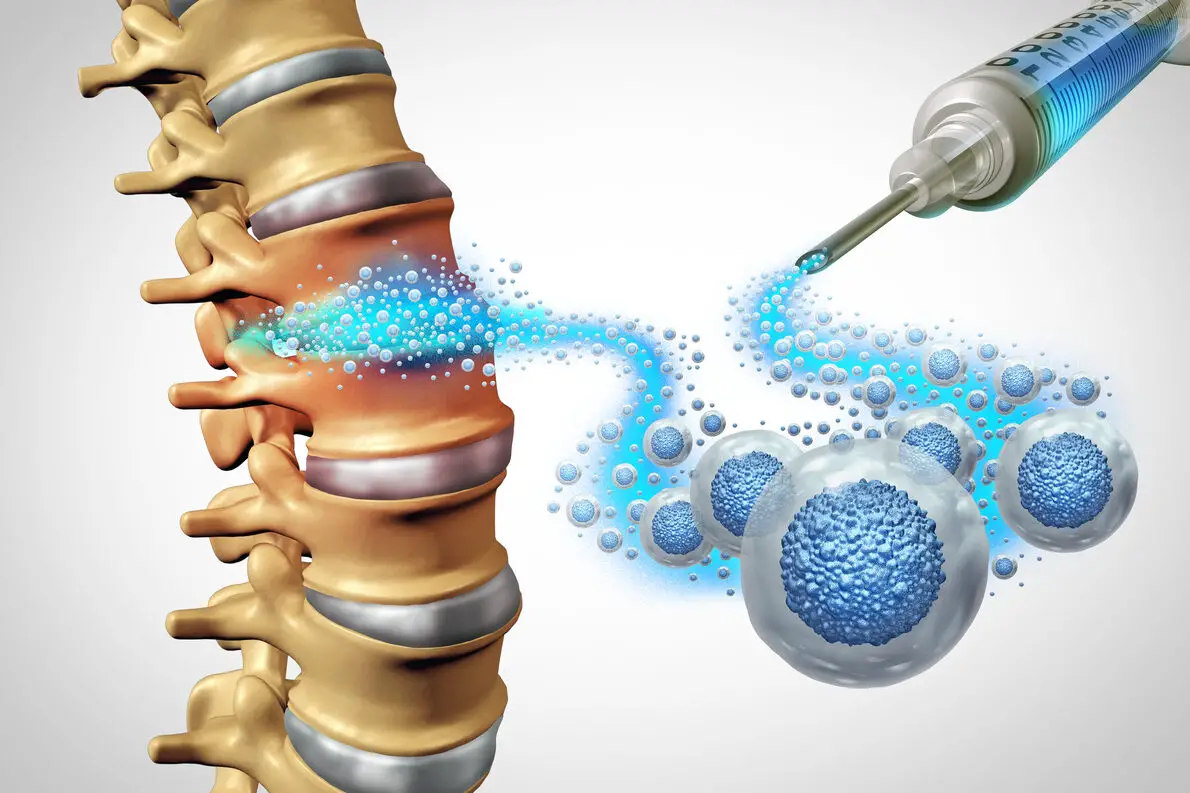
If a human suffers nerve damage from injury or disease, recovery is often slow, incomplete, or impossible. But poisonous frogs have evolved special compounds in their skin that interact with nerve cells in unique ways, allowing them to survive in hostile environments without losing function. Scientists believe that studying these interactions could lead to breakthroughs in nerve regeneration treatments.
This research could one day help people recover from spinal cord injuries, strokes, or neurodegenerative diseases like ALS and Parkinson’s. Imagine a future where nerve damage is no longer permanent, thanks to lessons learned from an animal that fits in the palm of your hand. It’s yet another reminder that nature’s designs often hold the key to solving some of our biggest medical challenges.
13. The Next Big Thing in Antiviral Medications? Look to the Frogs
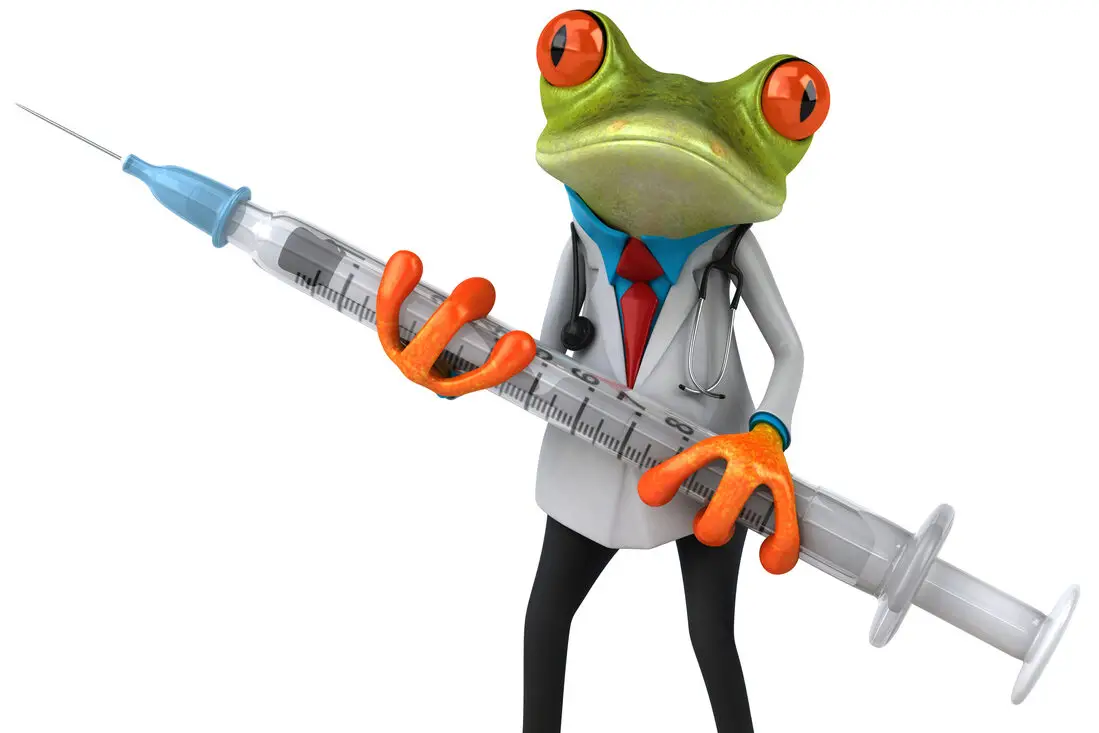
Viruses are one of the toughest enemies in medicine—they mutate, resist treatments, and spread like wildfire. But some poisonous frogs have evolved skin secretions that contain natural antiviral compounds to protect them from infections in the wild. Scientists have already found that these compounds can block certain viruses from replicating, making them a potential goldmine for developing new antiviral drugs.
With the rise of global health threats, having new ways to fight viruses without relying solely on traditional medications could be life-changing. Imagine frog-inspired treatments that could stop flu, common colds, or even emerging viral threats before they become pandemics. These tiny amphibians might just be the unexpected heroes of future medicine.
14. The Future of Eco-Friendly Plastics Might Be Frog-Inspired

Plastic pollution is one of the biggest environmental crises of our time, but scientists are looking to poison frogs for a solution. These frogs produce a special mucus that allows their skin to be flexible yet incredibly durable, which has inspired researchers to create biodegradable plastics that mimic its properties.
If successful, we could have eco-friendly packaging, water bottles, and even clothing materials that break down naturally without polluting the planet. Imagine a world where plastic waste no longer clogs our oceans—all thanks to the chemistry of a rainforest frog!
15. Frog Venom Could Lead to More Effective Cancer Treatments

Cancer research is constantly evolving, and poisonous frogs might play a role in developing new treatments. Their toxins interact with cells in ways that can be highly targeted, which could be used to design drugs that attack only cancer cells without harming healthy ones.
Scientists are currently exploring whether frog venom compounds could be used to slow tumor growth, stop cancer cells from spreading, or enhance chemotherapy effectiveness. If successful, this could lead to less invasive, more precise treatments that improve survival rates and reduce side effects. The idea that a tiny frog might hold the key to beating one of the world’s deadliest diseases is yet another reason why nature is the greatest laboratory of all.


